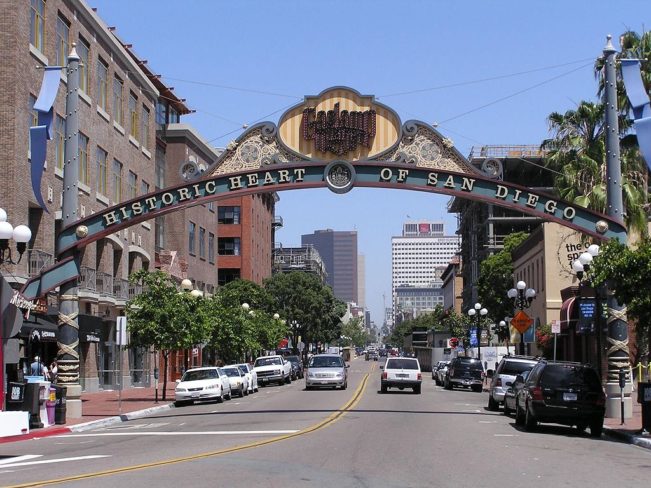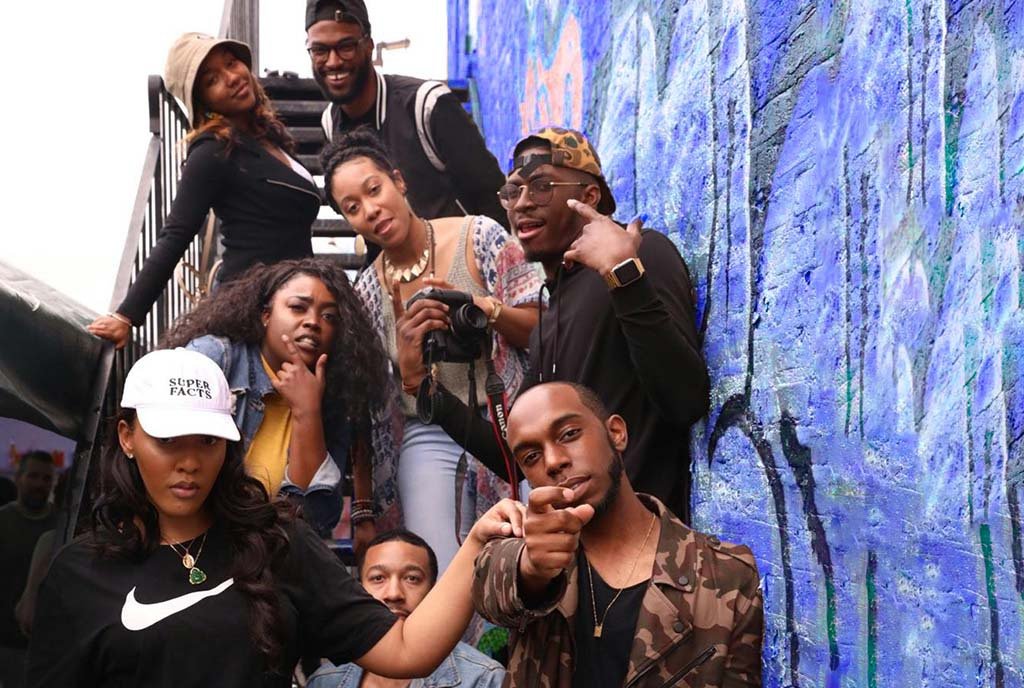
March 7, 2017; Voice of San Diego
With increasingly limited public funds being allocated by cities for nonprofit arts and culture organizations, good stewardship of such funds matters now more than ever. It’s not hard to understand how over time the San Diego Commission for Arts and Culture developed a complicated process for requesting and awarding grants; that process included lengthy applications and panels of community volunteers, no doubt intended to provide due diligence and give taxpayers a voice in funding decisions. For the arts community, however, the application process had become cumbersome or even intimidating—especially for smaller organizations—and the grants decisions did not always feel fair.
San Diego offers two streams of arts grants, both funded with proceeds from the city’s hotel tax. One program funds operating costs; the other, specific community events. The total amount of funding varies from one year to the next and must be approved through the city budget process. Until recently, arts groups seeking funds had to complete long applications, which were reviewed by well intentioned but often untrained community volunteers. These volunteers scored each prospective grantee on “everything from financial health and organizational structure of a nonprofit to the value of its programming.”
Under new leadership—executive director Dana Springs and commission chair Larry Baza—the San Diego Commission for Arts and Culture has developed a fresh approach to the entire process. Last year, they streamlined the application itself, adopting a “fairly standard city procurement process that starts with a simple request for qualifications [RFQ], followed by a request for proposals [RFP].”
This year, in partnership with the city’s Economic Development Department and the University of San Diego Institute for Nonprofit Education and Research, the Commission offered a two-day outreach program called The Nonprofit Academy to educate nonprofits about how to successfully apply for city funding. (So many nonprofit leaders signed up, the city had to start a waiting list.)
Sign up for our free newsletters
Subscribe to NPQ's newsletters to have our top stories delivered directly to your inbox.
By signing up, you agree to our privacy policy and terms of use, and to receive messages from NPQ and our partners.
The RFQs are now reviewed by Commission staff, city arts commissioners, and experts from the University of San Diego—all with enough technical expertise to strengthen this part of the process and determine which nonprofits should be invited to submit RFPs.
Community volunteers still play an important role, however, serving as panelists who review and score the RFPs. These panel meetings are now open to the public, which increases the transparency of the process for everyone involved. The panel scores, along with the relative budget size of the arts groups and the total grants budget approved by the city, are used by the Commission to determine the specific grant amounts.
Another goal of changing the Commission’s grants process was to “increase the diversity and number of applicants that applied for arts funding,” ensuring that more local arts groups knew about the grants programs. The streamlined processes and increased outreach seem to be working—15 organizations that had never applied for city arts funding before did apply this year. While the total number of applications remained flat, both Baza and Springs expect to see more applications going forward.
Other cities might benefit from studying the new model adopted in San Diego, which makes city-funded grants accessible to more cultural groups and makes the review process more transparent—while at the same time enhancing due diligence and keeping community members engaged in awarding public funds.—Eileen Cunniffe













